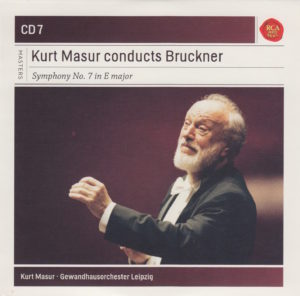 Today is Martin Luther King Day in America.
Today is Martin Luther King Day in America.
Given that, I believe it’s a good time to remind myself of Dr. King’s wisdom:
Nonviolence is the answer
to the crucial political and moral questions of our time:
the need for man to overcome oppression and violence
without resorting to oppression and violence.
Man must evolve for all human conflict
a method which rejects revenge, aggression and retaliation.
The foundation of such a method is love.
– Dr. Martin Luther King, Jr.
Nobel Peace Prize acceptance speech,
Stockholm, Sweden, December 11, 1964
And this:
The ultimate weakness of violence is that it is a descending spiral, begetting the very thing it seeks to destroy. Instead of diminishing evil, it multiplies it. Through violence you may murder the liar, but you cannot murder the lie, nor establish the truth. Through violence, you may murder the hater, but you do not murder hate. In fact, violence merely increases hate. So it goes. Returning violence for violence multiplies violence, adding deeper darkness to a night already devoid of stars. Darkness cannot drive out darkness: Only light can do that. Hate cannot drive out hate: Only love can do that.
– From Where Do We Go from Here: Chaos or Community? (1967), p. 62.
Every single minute of every single day, we are afforded a choice: to love…or to hate.
America is deeply divided. And it’s getting worse. That’s because people only know Dr. King as a holiday; not as a man of wisdom.
As for me and my house…we will choose love.
 Okay, now for the task at hand.
Okay, now for the task at hand.
This morning’s conductor of Anton Bruckner’s Symphony No. 7 in E Major (WAB 107) is Kurt Masur (1927-2015), another person about whom I knew nothing and of whom I had never heard until I started this project.
Maestro Masur was born in Germany and died in December, 2015, at the age of 88 in Greenwich, Connecticut, U.S.
I first heard the Maestro interpret Bruckner’s symphonies on Day 10, Symphony No. 1.
Then again on Day 26, Symphony No. 2.
Then again on Day 42, Symphony No. 3.
Then again on Day 58, Symphony No. 4.
And again on Day 74, Symphony No. 5.
And, most recently, on Day 90, Symphony No. 6.
Today is Day 106 and I’m hearing Mr. Masur again, only this time interpreting Bruckner’s Seventh.
Here are the facts about today’s recording:
 Bruckner’s Symphony No. 7 in E Major (WAB 107), composed 1881-1883
Bruckner’s Symphony No. 7 in E Major (WAB 107), composed 1881-1883
Kurt Masur conducts
Masur used the “Original Version (1883),” according to the CD sleeve
Gewandhausorchester Leipzig plays
The symphony clocks in at 64:23
This was recorded in Leipzig, Germany, on 10-12 June 1974
Masur was 47 when he conducted it
Bruckner was 59 when he finished composing it
This recording was released on the RCA Red Seal label
According to its entry on Wikipedia,
1883 version
This was the version performed at the work’s premiere. Unfortunately it survives only in one autograph copy which includes later changes by Bruckner and others, so the exact contents of this version are lost. This version is unpublished.
I’m going to have to ask the Bruckner Facebook group about this matter. I don’t understand how any conductor could use the 1883 version.
Bruckner wrote his symphonies in four parts. The time breakdown of this one (Symphony No. 7 in E Major), from this particular conductor (Masur) and this particular orchestra (Gewandhausorchester Leipzig) is as follows:
I. Allegro moderato…………………………………………………………………………19:52
II. Adagio. Sehr feierlich und sehr langsam…………………………………..21:33
III. Scherzo. Sehr schnell………………………………………………………………….9:55
IV. Finale. Bewegt, doch nicht schnell……………………………………………13:03
Total running time: 64:23
And now for my subjective assessment:
My Rating:
Recording quality: 2
Overall musicianship: 4
CD liner notes: 0 (totally unacceptable)
How does this make me feel: 2
This performance seems to all mush together, almost like AM Radio. All midrange. Oh, I can hear some of the piercing brass instruments. I can hear some of the low notes. I’m not say there’s no dynamic range to this recording. I’m saying it has an overall fuzziness that lacks depth and clarity. In previous posts, I think I’ve referred to this as having no space between the instruments.
Movement I is quite good, a bit on the soothing side for me. I tend to feel lulled.
Movement III is also a rollicking good time, as it always is. So Wagnerian!
The fact that this box set doesn’t come with liner notes (boo! hiss!) and given its rather fuzzy tonality, I can’t get too excited about this recording. It’s okay. But I’ve heard better.
